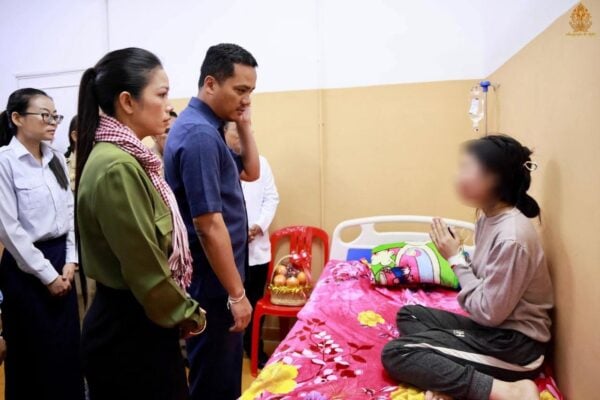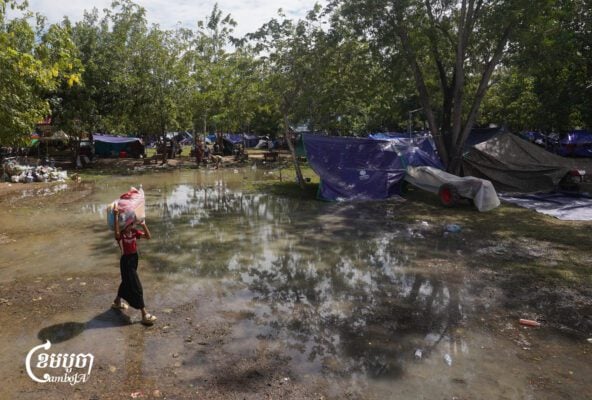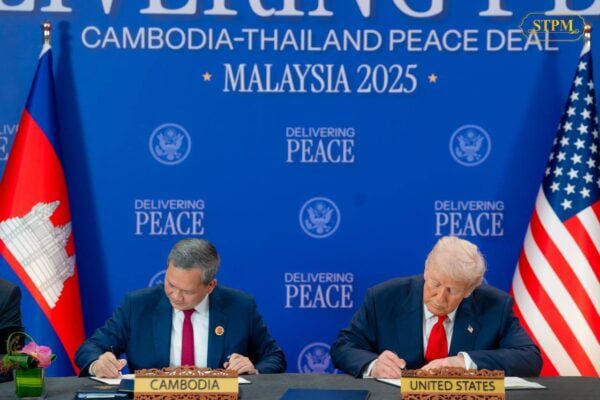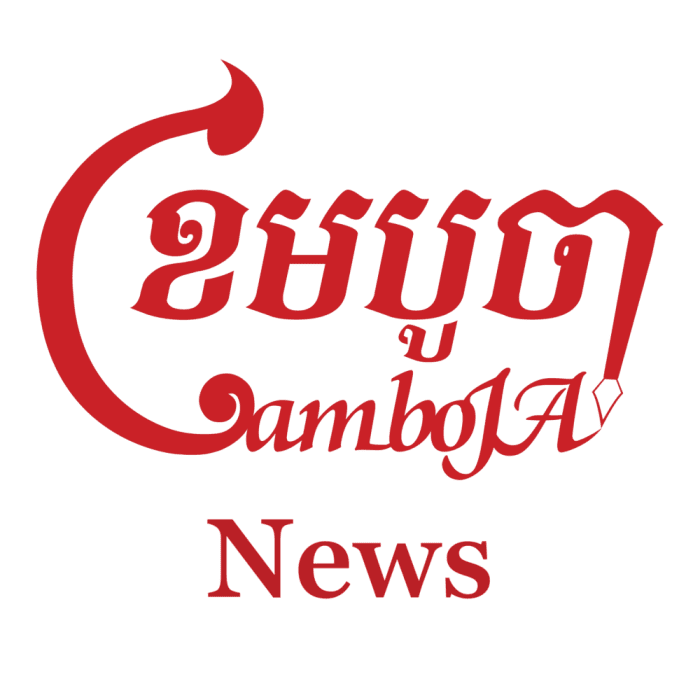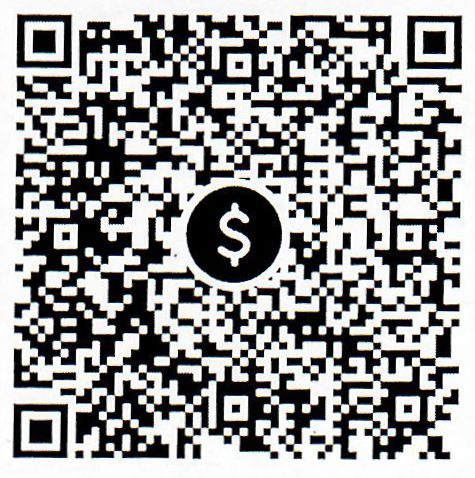Cambodia plans to borrow a large sum in 2026 and to sell more government bonds in riel. The draft finance law points to about SDR 2.25 billion in concessional loans, roughly 3.1 billion dollars, and about 2.1 trillion riel in domestic bonds, roughly a little over half a billion dollars. These are big moves for a budget the size of Cambodia’s, and they can help the country if used well. They can also create new risks if execution is weak.
Start with where we stand. By mid 2025, public debt was a little under 13 billion dollars. Most of it was borrowed on soft terms and most of it is in hard currencies such as US dollars and Special Drawing Rights. That means the headline debt level is still manageable, yet repayment pressure can rise when the dollar strengthens or when growth slows. Space to borrow exists, but it is not unlimited.
What is new in 2026 is the mix. The plan leans on concessional money from development partners and adds a bigger slice of bonds in riel. This matches what international advisers keep recommending. Support the economy now, raise domestic revenue over time, and build a local bond market so the state relies less on foreign currency debt in the future. Private money rarely funds irrigation, border posts, grid upgrades, or national labs. Concessional loans can fill that gap when project quality is strong.
There are real positives. Concessional loans carry low interest, long maturities, and grace periods. If the funds go into things people feel in daily life, the payoff can be large. Faster clearance at borders lowers costs for farmers and small exporters. Reliable power keeps factories running and protects household appliances. Accredited testing inside the country shortens the wait for health and food safety results and helps producers ship directly. Better roads and classrooms expand opportunity. A deeper bond market in riel is another plus. Regular issuance helps build a local yield curve, gives pension funds safe assets, and slowly reduces currency mismatch across the economy.
There are also real risks. Project selection and delivery are the first tests. If ministries choose politically favored projects, if procurement is not clean, or if contractors underperform, then new borrowing turns into future debt service without extra growth. People will not judge this plan by legal texts. They will judge it by whether border queues shorten, outages fall, and classrooms open on time and on budget.
Currency exposure is the next test. A large share of the debt is in dollars or SDRs. When the dollar strengthens, the burden of debt service rises in riel terms. Concessional rates soften the blow but do not remove it. This is why growing the riel bond market is useful, but it takes steady work and predictable calendars to build investor trust.
There is also the question of who lends and on what terms. In recent years lending from one big bilateral partner has slowed, while the World Bank and Japan have increased support. A broader mix can be healthy. It often comes with better safeguards, stronger environmental and social checks, and clearer reporting. It also brings stricter disbursement conditions. That can delay ribbon cuttings if ministries miss milestones, but it can also raise the quality of spending and protect the public from waste.
Domestic bonds bring their own trade offs. They help the market mature. They can also tighten bank liquidity if issued in large, sudden chunks. That can push up lending rates for small manufacturers and traders. The fix is simple but important. Publish a yearly issuance calendar, coordinate with the central bank, and stick to it. Predictability is a free policy tool.
Some readers will ask whether the United States is the source of these loans. Public information points to concessional borrowing from a range of development partners and to local bond sales, not to a direct US budget loan. Grants from the United States continue in areas such as health and demining, and any budget support from Western partners would likely flow through the World Bank or the IMF with transparency rules attached. The bigger point is not the flag on the lender. It is the quality of the projects and the clarity of the plan.
Here is the simple bottom line. Borrowing in 2026 can be a smart bridge to a more productive and resilient economy if the money fixes real bottlenecks and if the government reports progress in a way people can verify. That means open tenders, clear unit costs, monthly dashboards, and delivery that matches promises. If that happens, concessional loans and measured bond issuance will support jobs, exports, and services that people use every day. If not, the country will add obligations without adding value, and future budgets will bear the cost. The choice sits not in the size of the headline number, but in the honesty and skill with which the plan is carried out.
Note: Seng Vanly, Advocacy Program Director of the Khmer Democracy Organization (KDO)



